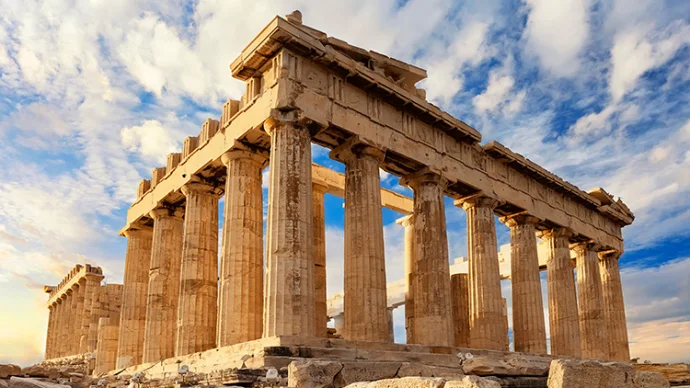About Laodikeia
Laodikeia, also known as Laodicea, was an Ancient Greek and Roman city now represented by a set of interesting ancient ruins in modern Turkey.
Said by some to have been founded by Antiochus II Theos of the Seleucid Kingdom in the 3rd century BC, many of the buildings and monuments at the Laodikeia site date from the 1st century BC onwards. Laodikeia later became an important Roman city, continuing to be inhabited even after it was damaged by an earthquake in 60 AD.
Among the ruins of Laodikeia are the remains of the ancient theatre, which would originally have held up to 20,000 spectators.
Laodikeia history
Built on the river Lycus, Laodikeia was situated on a long hill and originally known as Diospolis meaning ‘City of Zeus’. The building of Laodikeia is attributed to Antiochus II Theos between 261 and 253 BC who named the city in honour of his wife, Laodice. The town bordered the Hellenic provinces of Caria and Lydia.
The town soon became wealthy and in 188 BC passed to the Kingdom of Pergamon, after which it fell to Roman control. At the end of the republic and dawn of imperial Rome, Laodikeia benefitted from being on a busy trading route, particularly in the trade of black wool.
Unfortunately, this bustling metropolis often suffered earthquakes, especially during 60 AD under Nero when the town was essentially destroyed. The inhabitants restored the town from their own pockets, and their taste reflected a taste for Greek arts.
Laodikeia’s wealthy residents built beautiful monuments across the city and minted its own coins. The city also boasted a great medical school. Most of the population was Jewish, many of whom came from Babylonia under Antiochus the Great, which naturally led to the city becoming an early seat of Christianity.
While Laodikeia was fortified later under the Byzantines, the city was destroyed during the Turk and Mongol invasions.
Laodikeia today
Today, the impressive remains of Laodikeia stand testament to the city’s former glory. What can still be seen includes the stadium and gymnasium (both dating to 79 AD), a baths complex and a Temple of Zeus.
To the east, you can also see the remains of the ancient city walls and Ephesus gate, encircling the streets lined with columns and surrounded by cemeteries on all sides.
Entry is TL10 and you can expect to spend a good couple of hours wandering the site, so make sure you wear comfortable shoes and bring plenty of drinking water. There are audioguides to rent as well as display signs marking the most significant landmarks.
Getting to Laodikeia
Located 6 kilometres north of the modern city of Denizli on the road to Pamukkale (Hierapolis), Laodikeia is easily reached by car.
Or you can get the Denizli-Pamukkale minibus which leaves every 20 minutes from Peron Gate 76 on the lower level of Denizli’s Otogar. Drivers will stop at Oren Caddesi, from which you must walk around 10 minutes to the archaeological site entrance.
Featured In

Greek Temples
The ultimate guide to the very best Greek temples in the world, from Agrigento to Paestum and more, includes an interactive map surviving temples from Ancient Greece.




















